#counter strike: global offensive
Text



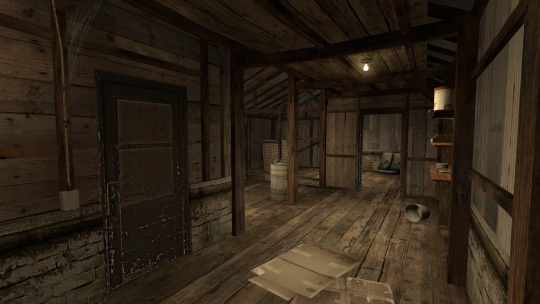


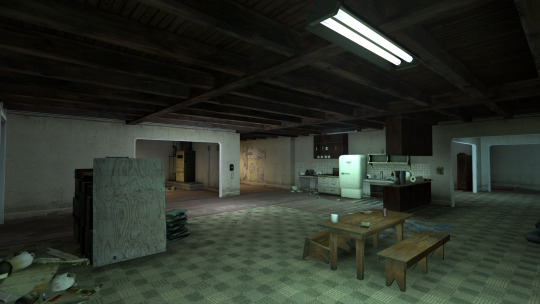

cs_militia (CS:GO)
created by Valve
#counter strike#counter strike: global offensive#garry's mod#source engine#deathmatch#hearted#it's my birthday! i wanted to queue up another map that really captures the winter time dusk feel because it's one of my faves#and then i realized you have to opt into the legacy branch of cs2 to even run a lot of csgo maps in gmod now!#really frustrating but i still love this version of militia a lot. valve trying their absolute best to get people to play hostage#and make militia not xbox hueg. they succeeded at one of those!
88 notes
·
View notes
Text
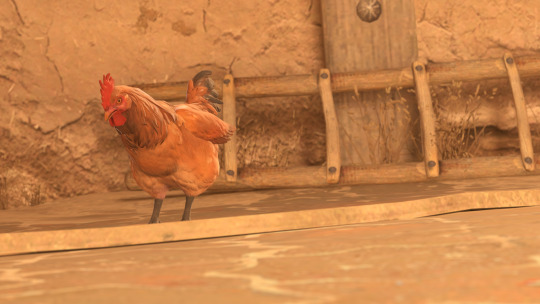
my first s2fm render, it's the cs2 version so i don't have many models to use for it right now
#sfm#s2fm#source filmmaker art#source filmmaker#sfm art#source#source 2#counter strike: global offensive#counter strike 2#counter strike
7 notes
·
View notes
Text

"thanks for the drop, sir"
#my art#artists on tumblr#fanart#3d#3d artwork#blender3d#blender#counter strike#cs2#counter strike 2#counter strike: global offensive
8 notes
·
View notes
Text
dude the guys in my CS:GO lobby must be fucking psychics they're all like "FIRE IN THE HOLE" and I'm like damn bro how'd you know I got a yeast infection in that thang???
7 notes
·
View notes
Text
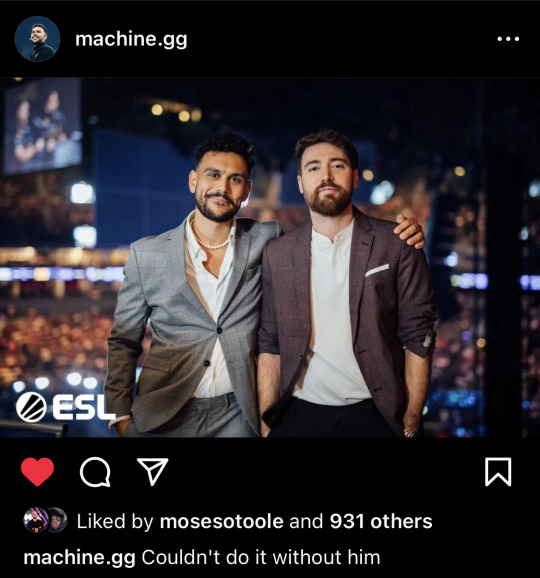
SHUT UP IM GOING INSANE
3 notes
·
View notes
Text
I am #Fishglides😎, this is my #stream 🤦♂️, I suggest you support and #subscribe 🙃( #twitch #YouTube ) :) I wish everyone a good mood😇. Бесконечные какатули 😂 #dota2 #csgo
https://twitch.tv/fishglides https://youtube.com/fishglides #fg #ивка #ивкашуибашу #csgoclip #faceit #lucky #бесконечныекакатули #2023 #knife #1 #lol #follow #like #best #video #tiktok #csgomoment #best #gamer #play #я
2 notes
·
View notes
Text
Product design and psychology: Unpacking the Phenomenon of Loot Boxes in Video Game Design
Keywords: Loot Boxes, Video Gaming, Game Design, Player Engagement, Psychological Manipulation, Gambling Mechanics

Abstract:
This scholarly study explores the deployment of "loot boxes" in video games, seen as a psychological manipulation technique designed to enhance player engagement and monetization. Detailed case studies illuminate the implementation and consequences of loot boxes, providing an exhaustive understanding from a senior product designer's standpoint.
Introduction:
The gaming industry has witnessed various monetization strategies, one of which is the controversial "loot box" system. These virtual grab bags, which provide randomized in-game items, have been a subject of scrutiny due to their similarity to gambling. This paper will delve into the complexities of the loot box system, its use, and its effects on players. The evolution of the gaming industry has introduced an array of monetization tactics, among which "loot boxes" have notably garnered substantial attention and controversy. As part of the intricate fabric of video game design, these virtual containers, alternatively referred to as "loot crates" or "prize crates," furnish a randomized assortment of in-game items. The contents may vary from cosmetic modifications, denoted as "skins," to character enhancements, power-ups, and a plethora of elements poised to amplify the gaming experience. Despite the prevalent use of these systems, the underlying resemblance to gambling activities and potential implications for addictive behaviour has spurred considerable debate. This manuscript seeks to dissect the structural nuances of the loot box system, the reasons behind its usage, and its consequent impact on the gaming community.
Explanation:
At the core of the allure of loot boxes lies the element of uncertainty. The revelation of the enclosed items post-transaction engenders a rush of suspense and exhilaration, analogous to that induced by gambling. These items, classified according to their scarcity, further contribute to a continuum of potential outcomes; players may procure commonplace objects or, less frequently, exceedingly rare and sought-after ones.
The deployment of loot boxes, despite their capacity to enhance the thrill of video games, has ignited significant controversy. This contention primarily originates from the structural similarities between loot boxes and gambling activities, their ability to foster addictive tendencies, and their availability to minors. The psychological underpinnings that fuel the appeal of loot boxes, including the unpredictability linked to 'unboxing,' the thrill derived from acquiring rare items, and the incentive to make in-game purchases, are potent drivers of player engagement. However, these same mechanisms have instigated regulatory interventions in jurisdictions like Belgium and the Netherlands, where legislative measures or outright prohibitions on loot box usage have been implemented, underscoring their intimate relationship with gambling.
In the broader gaming landscape, loot boxes materialize as digital containers purchasable in games, often with real-world currency. They embody the thrill of chance, as their contents remain concealed until post-purchase, paralleling the excitement associated with gambling. The encapsulated items, sorted by rarity, offer gamers the possibility of obtaining either ordinary or exceedingly rare and valuable items.
The use of loot boxes in popular games, though undoubtedly contributing to their allure and enhancing the visual aesthetics, has concurrently kindled considerable debate, attributed to their semblance to gambling, potential promotion of addictive behaviours, and accessibility to a young audience. The psychological dynamics in action, encompassing the exhilaration of unveiling the unknown and the desire to amass rare items, have prompted certain regions, such as Belgium and the Netherlands, to enforce regulatory measures or outrightly ban the use of loot boxes in video games.
Loot Boxes in Gaming: Conceptualization and Design
Loot boxes are virtual items that players can buy with real-world currency or in-game achievements, containing randomized rewards. The uncertainty and anticipation surrounding their opening make them a potent tool for psychological manipulation, exploiting the same reward system mechanics found in gambling.
Case Study: Overwatch
Blizzard's team-based shooter Overwatch provides loot boxes that can be purchased or earned through gameplay, containing cosmetic items of varying rarity. Each loot box contains four items which can be player skins, emotes, voice lines, or sprays. The rarity of these items is tiered, with the rarest items being the most coveted. The random nature of the rewards keeps players engaged, instilling a "just one more" mentality similar to slot machines.
Case Study: Star Wars Battlefront II
Electronic Arts’ Star Wars Battlefront II was initially released with a loot box system that had a significant impact on gameplay, prompting extensive criticism and leading to a complete overhaul of the game's progression system. The controversy also spurred legal and regulatory discussions about the ethical implications of loot boxes and their resemblance to gambling.
Case Study: FIFA Ultimate Team
In this mode of the popular FIFA soccer games, players can buy packs of cards (essentially loot boxes) containing random soccer players to add to their team. These packs can be purchased with coins earned in-game or with "FIFA points," which are bought with real-world money. The randomness of pack contents and the potential to pull highly-rated players can make this an addictive, and potentially costly, aspect of the game.
Case Study: Counter-Strike: Global Offensive (CS: GO)
In CS: GO, players can purchase or earn loot boxes called "weapon cases." These cases contain random weapon skins that change the appearance of the player's in-game weapons. The skins are purely cosmetic and do not impact gameplay, but rare skins can be highly sought after by the game's community.
Implications for Game Design
While loot boxes can increase monetization, they also pose ethical and design challenges. Their gambling-like characteristics can lead to problematic gaming behaviours, particularly among younger audiences. Designers need to weigh these considerations carefully, as they might lead to reputational damage and legal issues, as seen in the Battlefront II case.
Conclusion:
The loot box phenomenon, as a method of psychological manipulation in video gaming, presents a complex intersection of design, psychology, and ethics. As video game designers, we must consider these factors and strive for responsible and sustainable monetization models that value player experience and satisfaction. Future research on loot box impact and regulation will undoubtedly continue to shape the gaming industry's landscape.
References:
Drummond, A., & Sauer, J. D. (2018). Video game loot boxes are psychologically akin to gambling. Nature Human Behaviour, 2(8), 530–532. doi:10.1038/s41562-018-0360-1
Zendle, D., & Cairns, P. (2018). Video game loot boxes are linked to problem gambling: Results of a large-scale survey. PLOS ONE, 13(11), e0206767. doi:10.1371/journal.pone.0206767
Macey, J., & Hamari, J. (2018). eSports, skins and loot boxes: Participants, practices and problematic behaviour associated with emergent forms of gambling. New Media & Society, 21(1), 20-41. doi:10.1177/1461444818786216
Blizzard Entertainment. (2016). Overwatch [Video Game]. Blizzard Entertainment.
Electronic Arts. (2017). Star Wars Battlefront II [Video Game]. Electronic Arts.
Electronic Arts. (2009 - Present). FIFA Ultimate Team in FIFA series [Video Game]. Electronic Arts.
Hidden Path Entertainment, Valve Corporation. (2012). Counter-Strike: Global Offensive [Video Game]. Valve Corporation.
Brooks, G. A., & Clark, L. (2019). Associations between loot box use, problematic gaming and gambling, and gambling-related cognitions. Addictive Behaviors, 96, 26-34. doi:10.1016/j.addbeh.2019.04.009
Li, W., Mills, D., & Nower, L. (2019). The relationship of loot box purchases to problem video gaming and problem gambling. Addictive Behaviors, 97, 27-34. doi:10.1016/j.addbeh.2019.05.016
King, D., & Delfabbro, P. (2020). Predatory monetization schemes in video games (e.g. 'loot boxes') and internet gaming disorder. Addiction, 115(6), 1053-1055. doi:10.1111/add.14857
#Loot Boxes#Video Gaming#Game Design#Player Engagement#Psychological Manipulation#Gambling Mechanics#product design#gaming#user experience#player behaviour#overwatch#counter strike: global offensive#FIFA#star wars battlefront 2
2 notes
·
View notes
Text
Modded Counter-Strike: Source is the funniest gaming experience anyone can have
Image a team consisting of Gordon Freeman, Alice from Alice in Wonderland, Pyro from TF2 and Hatsune Miku fighting Deadpool, Naruto and The Joker trying to plant a Hello Kitty bomb while everyone is throwing exploding pokeballs and cans of Red Bull at each other
No other game can offer such an experience
#counter strike: global offensive#css#counter strike#counter strike source#valve#tf2#hatsune miku#joker#csgo
21 notes
·
View notes
Text

10 notes
·
View notes
Photo


https://www.youtube.com/watch?v=2nUCvP3DO20
18 notes
·
View notes
Text

2 notes
·
View notes
Text

#artists on tumblr#director#icons#counter strike: global offensive#black and white#television#oc#pastel#urban#youtube
2 notes
·
View notes
Text
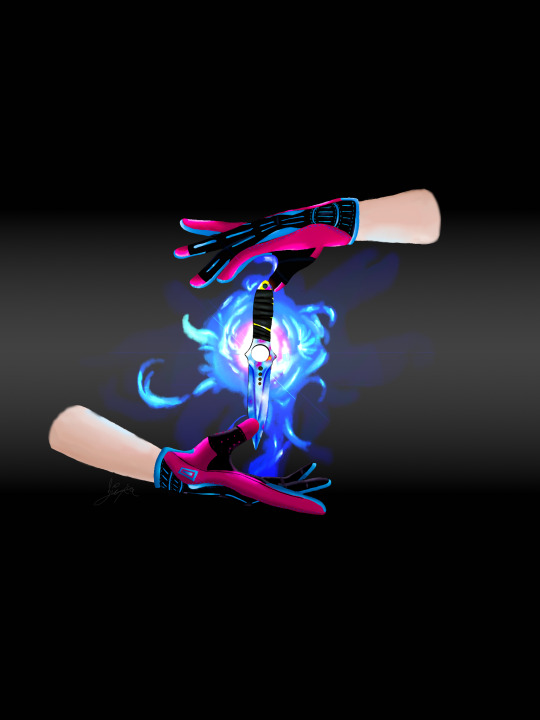
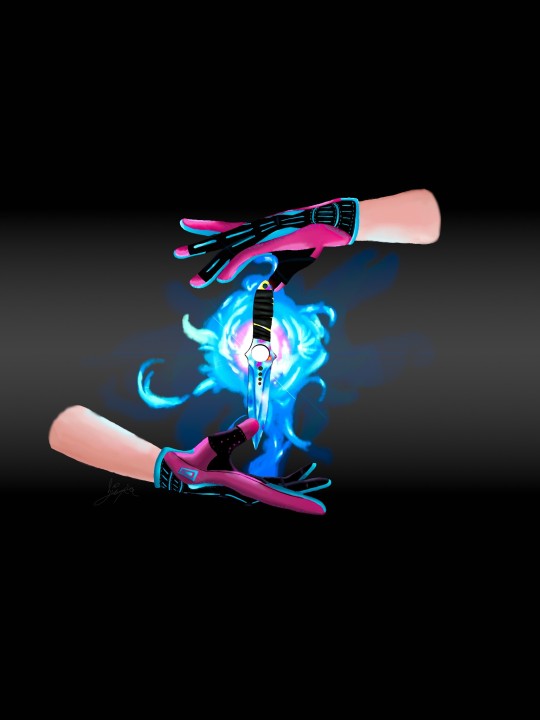
CSGO art
Which one is prettier ?
#art#my art <3#illustration#drawing#artists on tumblr#csgoknife#csgoart#csgo#counter strike: global offensive#game art
1 note
·
View note
Text


I LOVE THEM SO MUCH
#machine#spunj#csgo esports#counter strike: global offensive#they are one of the best when it comes to technical delays
1 note
·
View note
Text
I am #Fishglides😎, this is my #stream 🤦♂️, I suggest you support and #subscribe 🙃( #twitch #YouTube ) :) I wish everyone a good mood😇. Бесконечные какатули 😂 #dota2 #csgo
https://twitch.tv/fishglides https://youtube.com/fishglides #fg #ивка #ивкашуибашу #csgoclip #faceit #lucky #бесконечныекакатули #2023 #knife #1 #lol #follow #like #best #video #tiktok #csgomoment #best #gamer #play #я
3 notes
·
View notes
Text
One of my weirdest musical associations is “In Your Arms” by Illenium (the Alan Walker remix, to be specific) and sniping people in Mirage with an AWP in CS:GO
#illenium#alan walker#edm#csgo#cs:go#counter strike: global offensive#me and my weirdass brain i guess#always popped off on the awp when that song came on#was absolute shit every other time#SSG was my favorite gun#call me trash but i liked the scope lmao#dw i can actually somewhat aim with AKs now#somewhat#nevermind im absolute trash but hey#i have fun#pew pew y'know?
0 notes